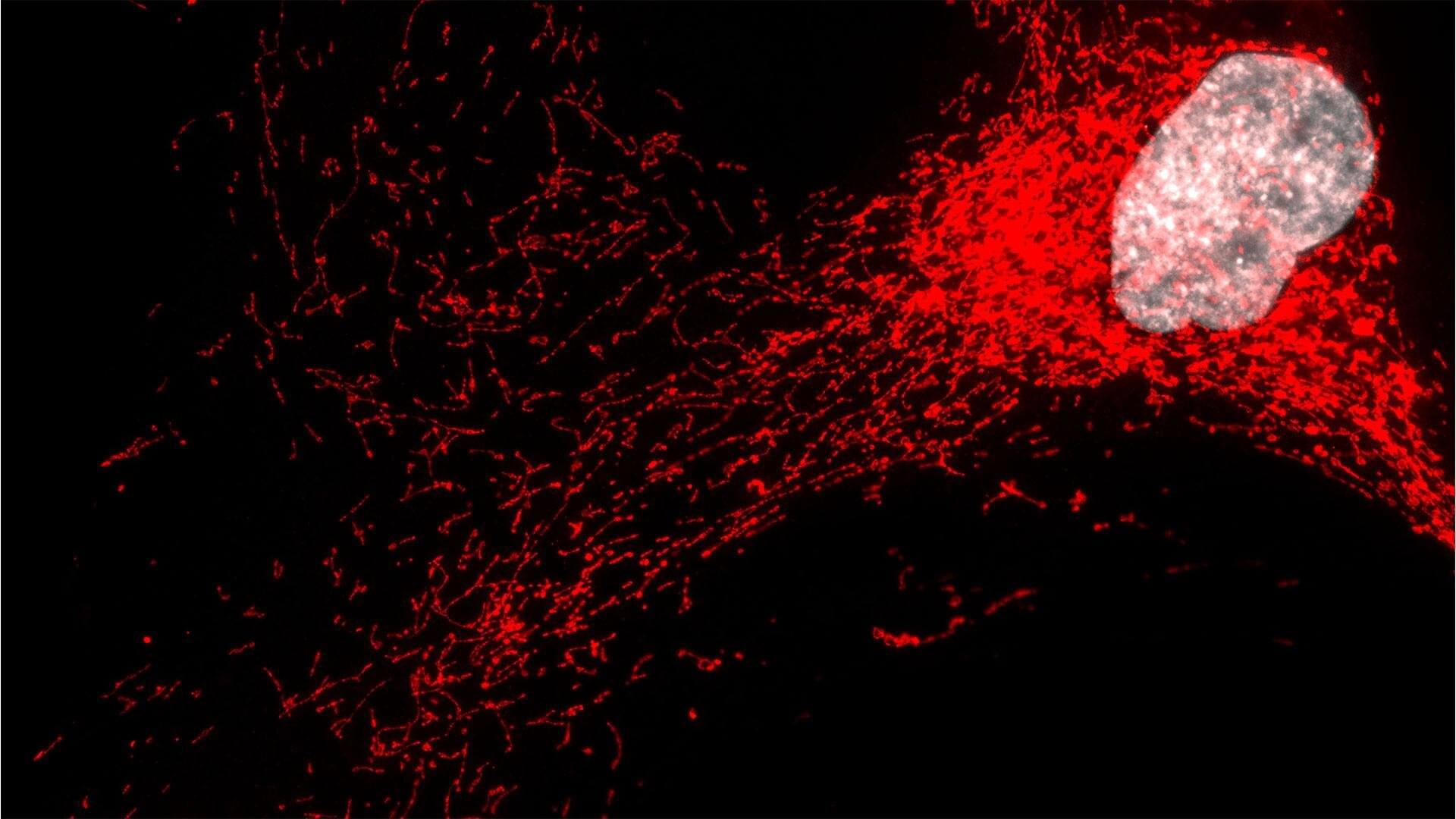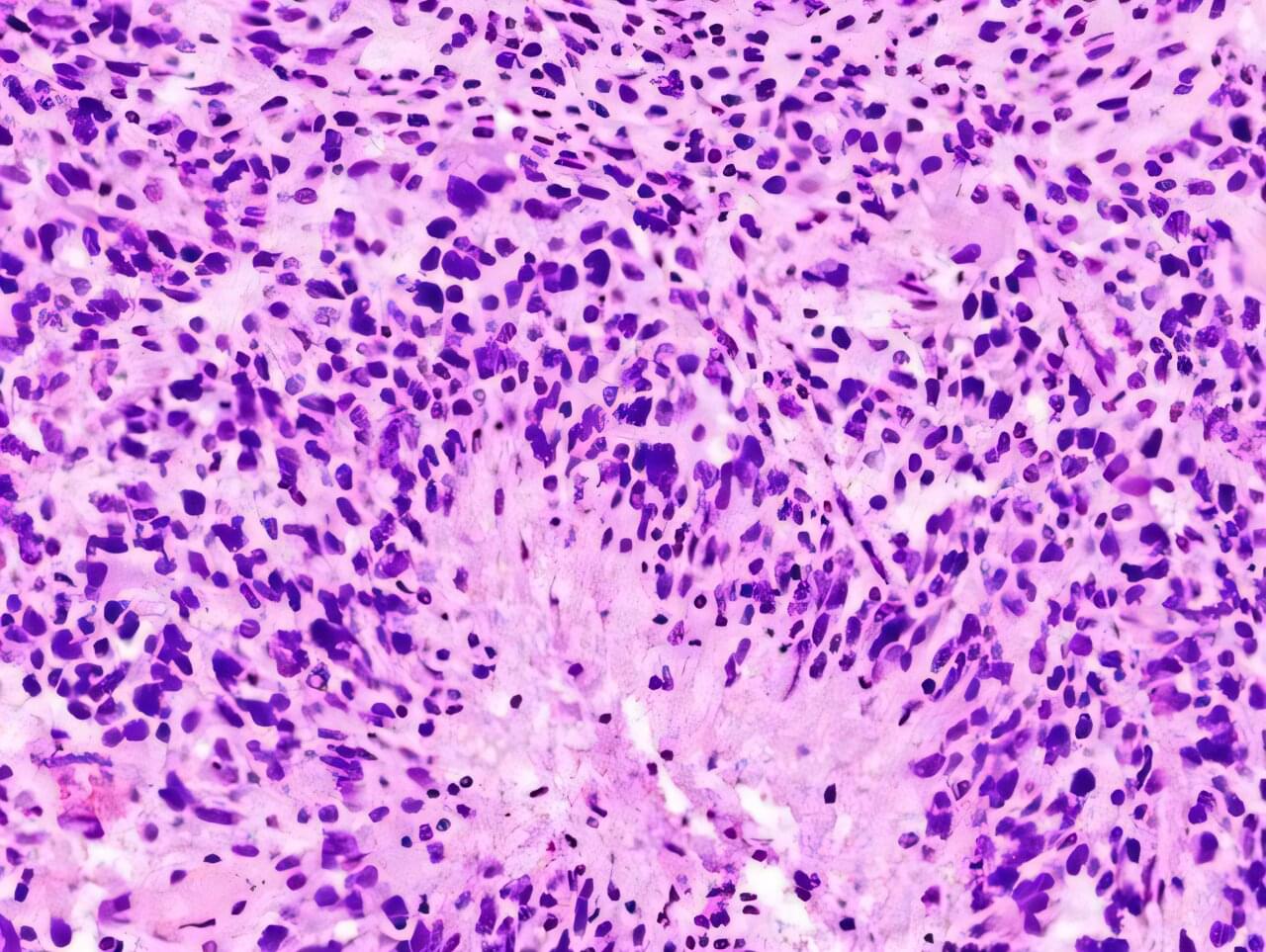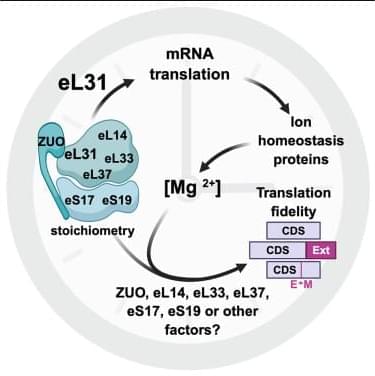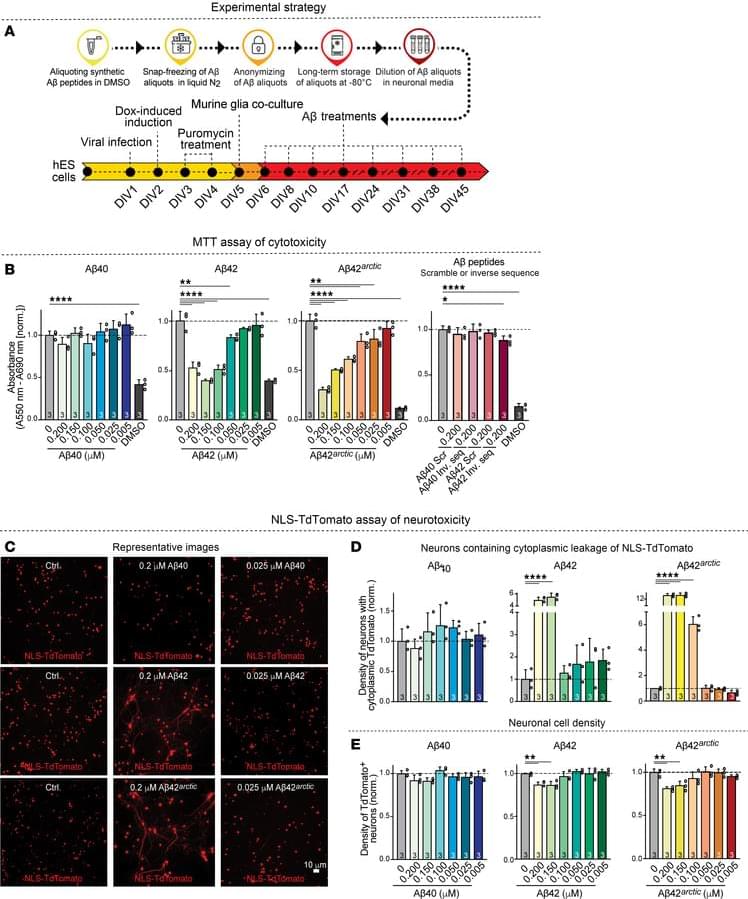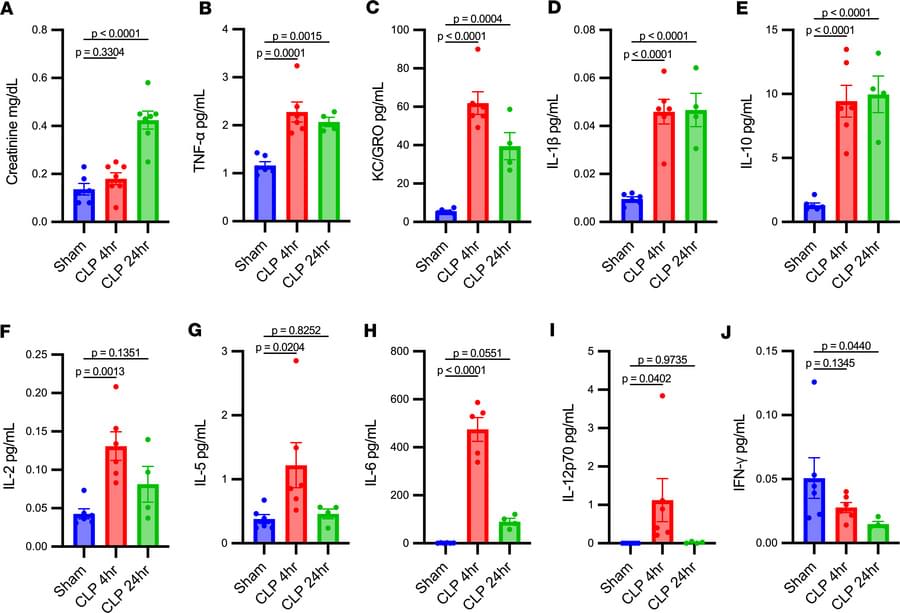Using single-molecule fluorescence microscopy, Payr et al. reveal how multiple RNA-binding proteins synergize to repress translation. One RNA-binding protein binds via facilitated diffusion, recruits other proteins with highly accelerated on rate, and gets stabilized by several co-factors. The findings highlight various mRNP assembly mechanism as key to efficient translational control.

